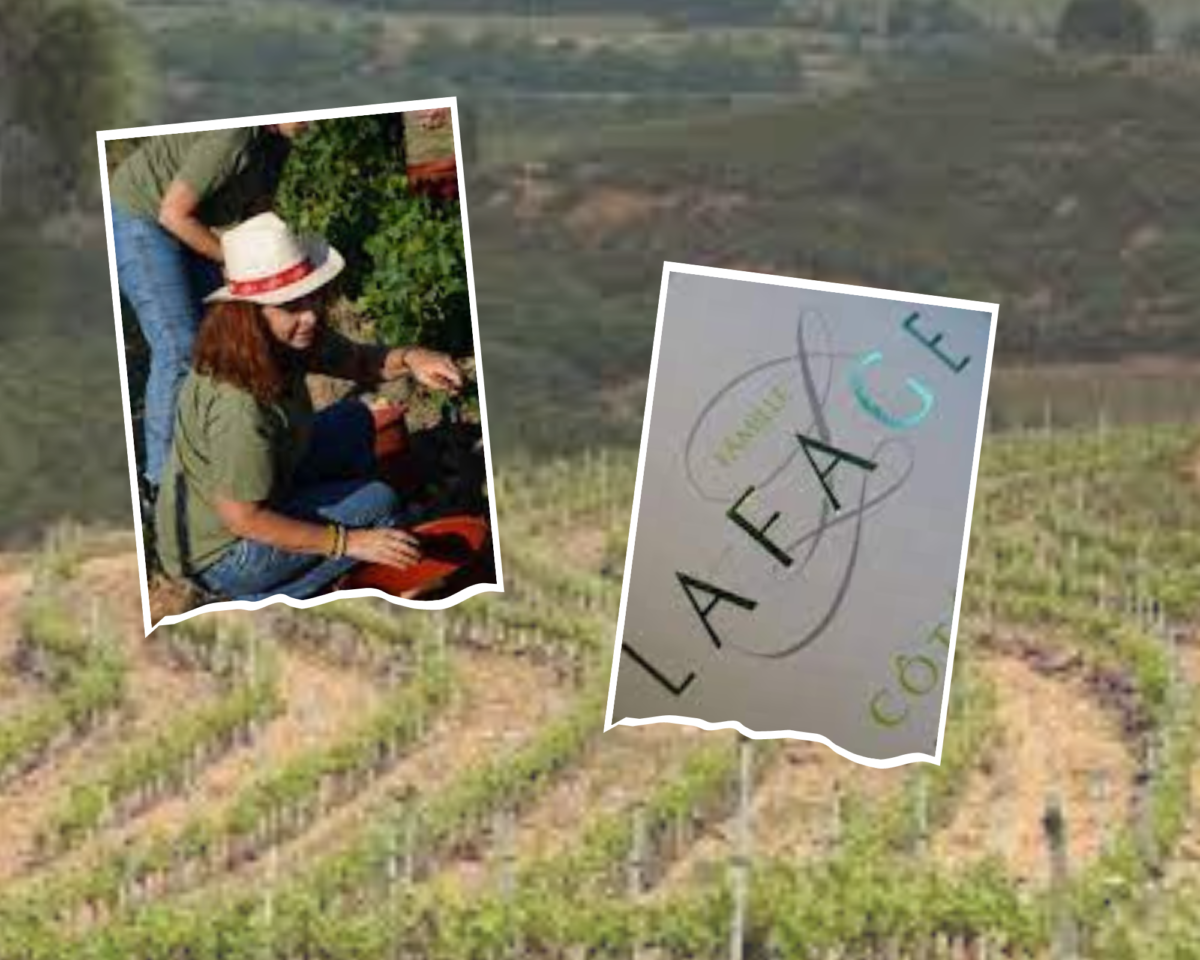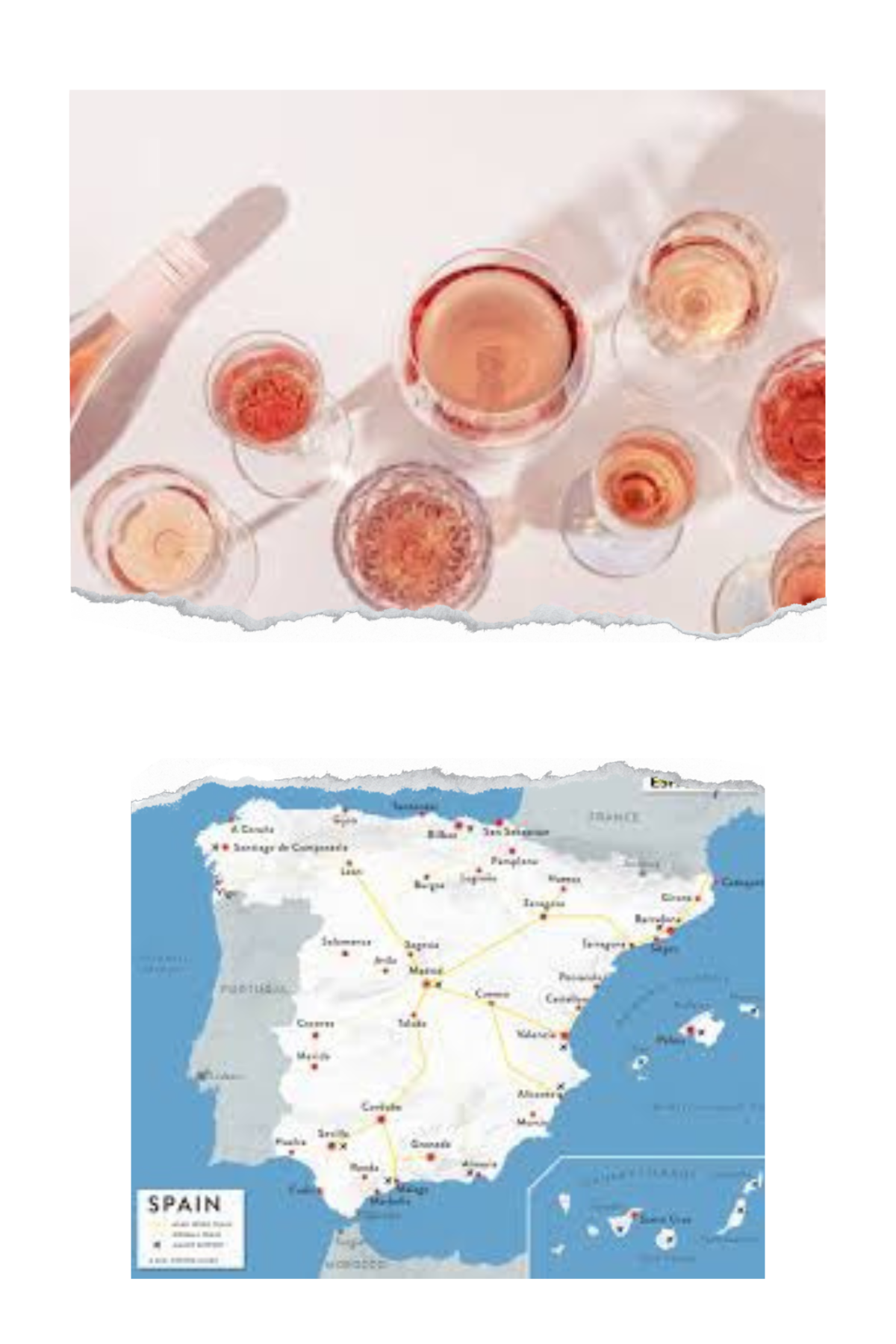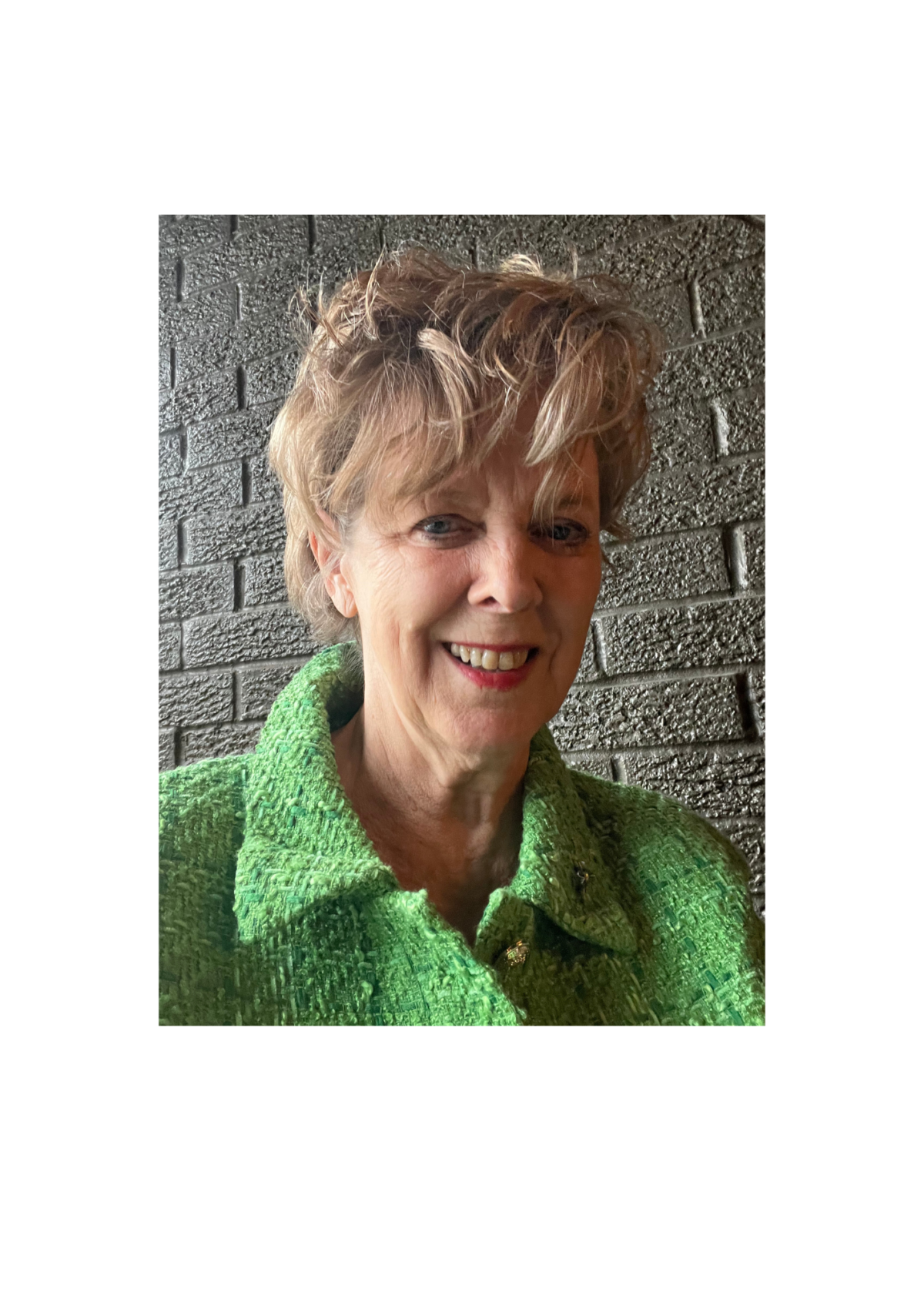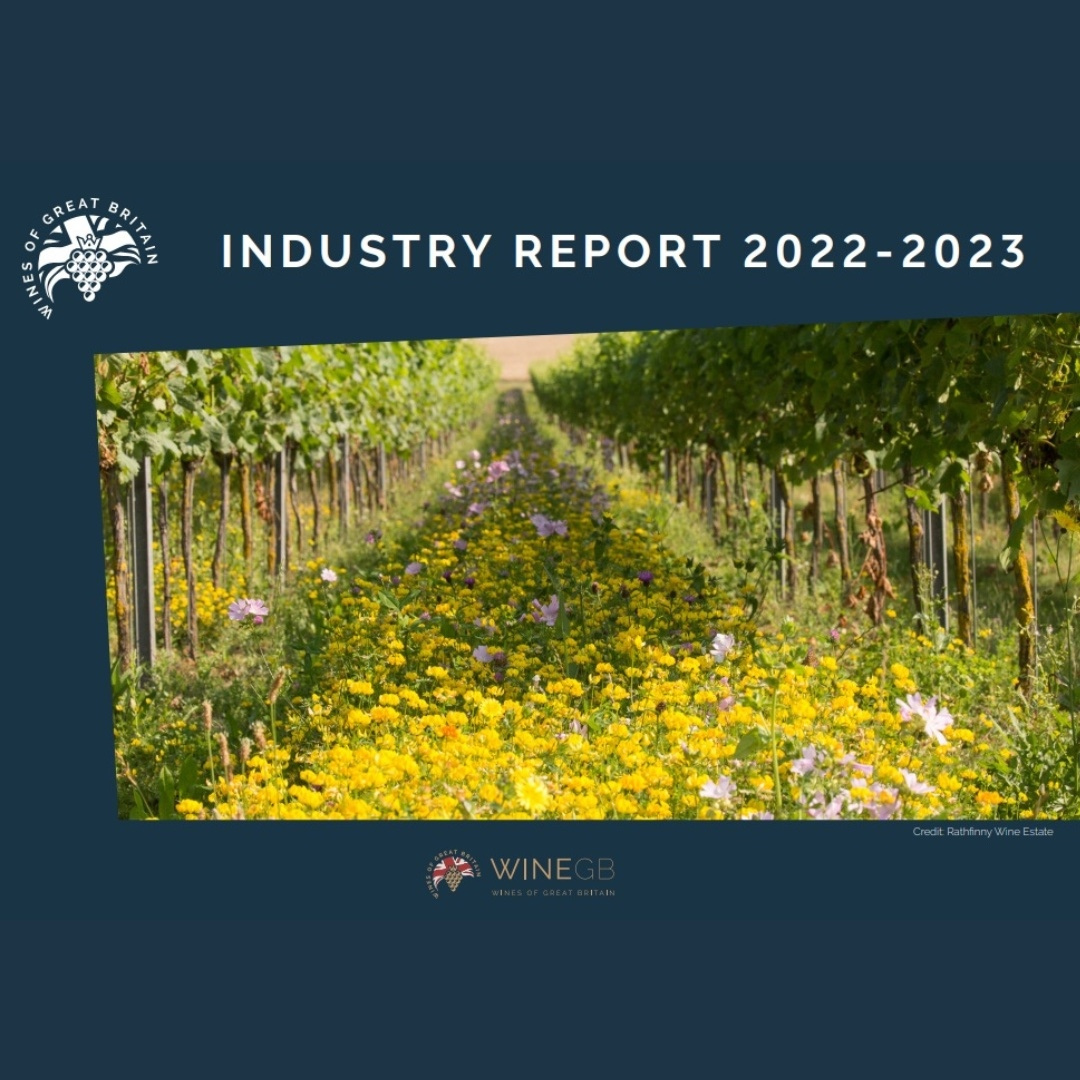Jean-Marc Lafage, renowned winemaker from Roussillon’s Domaine Lafage, made history as the first producer to start harvesting in France this year. Lafage’s picking season commenced August 2nd in what has been a particularly dry year for the region. Despite the challenges posed by the drought, Jean-Marc remains optimistic about the quality of their harvest.
The first grapes to be harvested were Muscat à Petits Grains – these are used to create a lower-alcohol dry white blend called Miraflors. This blend also includes Macabeo and Colombard grapes, resulting in a wine with an ABV of approximately 10.2%. Lafage describes Miraflors as having a slight fizz, creating a light and refreshing style.
Regarding the growing conditions this year, Lafage notes that Roussillon experienced a severe drought. The region received only a third of its average rainfall over the past 20 years, with Domaine Lafage recording a total of just 200mm for 2023. However, Lafage states that their vineyards near the sea or high in the mountains fared relatively well.
In contrast, vineyards in areas between the coast and mountains, which traditionally produce fortified wines, faced significant challenges. Lafage anticipates losing up to 60% of the crop in these vineyards. But where regenerative viticulture techniques have been applied, such as permanent ground cover and no tilling of the soil, yields are expected to be higher.
Lafage highlights the success they have observed in vineyards practicing regenerative viticulture and utilizing biochar and cover crops. He states, “In these places, instead of losing 60% of the crop [due to desiccation], we are seeing maybe a 25-30% reduction [in yields], and we see fresh grapes and bigger berries.” The presence of a cover crop has resulted in berries that are nearly twice the size compared to other areas, weighing around 0.8-1 grams per berry compared to 0.5g elsewhere. Lafage attributes this difference to the ability of the cover crop and biochar to help the soil retain water.
In terms of quality, Lafage believes that in vineyards where the vines did not suffer excessive heat stress, they may harvest the best grapes they have ever had. Furthermore, these fully ripe berries have achieved lower sugar levels, resulting in an ABV of 12.5% to 13% yet retaining the same flavor as fruit that would typically be harvested at 14-15.5% ABV.
Lafage also notes that their vineyards in Roussillon have been fortunate to not experience mildew, unlike other parts of France such as Gascony and Bordeaux. The constant wind and arid conditions in the area have helped protect the vines.





